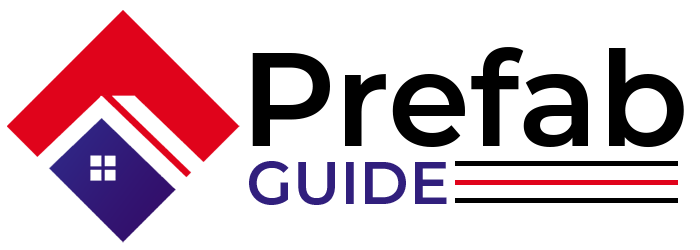FAQ’s
Certainly! Here are the answers to the questions
What is prefabrication, and how does it differ from traditional construction methods?
Prefabrication is a construction method where building components or modules are manufactured off-site in a factory-controlled environment and then transported to the construction site for assembly. This differs from traditional construction methods, where building components are typically built on-site from raw materials.
What are the main advantages of prefabrication compared to on-site construction?
The main advantages of prefabrication include faster construction timelines, reduced labor costs, improved quality control, minimized material waste, enhanced safety, and increased design flexibility.
Can you explain how Light Gauge Steel Framing (LGSF) works and why it's becoming popular in construction?
Light Gauge Steel Framing (LGSF) involves using thin, lightweight steel sections to create a structural framework for buildings. It’s becoming popular due to its strength, durability, sustainability, and versatility in design and construction.
How do modular buildings differ from traditionally constructed buildings, and what are their benefits?
Modular buildings consist of prefabricated modules or sections that are assembled on-site to form the final structure. They differ from traditionally constructed buildings in that they are manufactured off-site in controlled conditions, offering benefits such as accelerated construction timelines, cost savings, and design flexibility.
Are prefabricated buildings as durable as traditionally constructed buildings?
Yes, prefabricated buildings are designed to meet or exceed the same durability standards as traditionally constructed buildings. They undergo rigorous testing and quality control measures to ensure structural integrity and longevity.
How does prefabrication contribute to sustainability and environmental conservation?
Prefabrication reduces construction waste, minimizes site disturbance, and optimizes material usage, leading to lower environmental impact. Additionally, prefabricated components can be designed for energy efficiency and incorporate sustainable materials, further enhancing their environmental credentials.
What types of buildings or structures are most commonly prefabricated?
Common types of prefabricated buildings include residential homes, commercial buildings, educational facilities, healthcare facilities, industrial structures, and temporary structures such as modular classrooms or disaster relief shelters.
What role do building codes and regulations play in prefabrication, and how do prefabricated buildings comply with these standards?
Building codes and regulations govern various aspects of prefabrication, including structural integrity, fire safety, energy efficiency, and accessibility. Prefabricated buildings comply with these standards through rigorous testing, certification, and adherence to industry-specific codes and guidelines.
Can you provide examples of innovative prefabrication technologies and how they are changing the construction industry?
Innovative prefabrication technologies include 3D printing in construction, robotics and automation, and advanced materials and composites. These technologies are revolutionizing construction by enhancing efficiency, sustainability, and design flexibility.
What are some common misconceptions or challenges associated with prefabrication?
Common misconceptions include concerns about quality, design limitations, and higher costs. Challenges may include transportation logistics, site access, and coordination between stakeholders.
How do architects and engineers incorporate design flexibility into prefabricated buildings?
Architects and engineers utilize advanced design software and modular construction techniques to create customizable and adaptable building designs that meet specific client requirements and site conditions.
Are there any limitations to prefabrication, and in what scenarios might traditional construction methods be preferred?
Prefabrication may have limitations in projects requiring highly customized designs, complex site conditions, or limited access for transportation and installation. Traditional construction methods may be preferred in these scenarios.
How does the cost of prefabrication compare to traditional construction methods?
Prefabrication can offer cost savings in terms of reduced labor costs, shorter construction timelines, and minimized material waste. However, upfront investment in equipment and technology may be higher.
Are there any notable examples of successful prefabricated building projects?
Yes, there are many successful examples of prefabricated building projects worldwide, ranging from residential developments to commercial skyscrapers. Examples include the One Central Park residential towers in Sydney, Australia, and the Barclays Center arena in New York City, USA.
How can someone learn more about prefabrication and related technologies if they're interested in exploring the topic further?
Interested individuals can explore resources such as books, online courses, industry publications, and professional organizations specializing in prefabrication and modular construction. Additionally, attending conferences, workshops, and trade shows can provide valuable insights and networking opportunities in the field.
